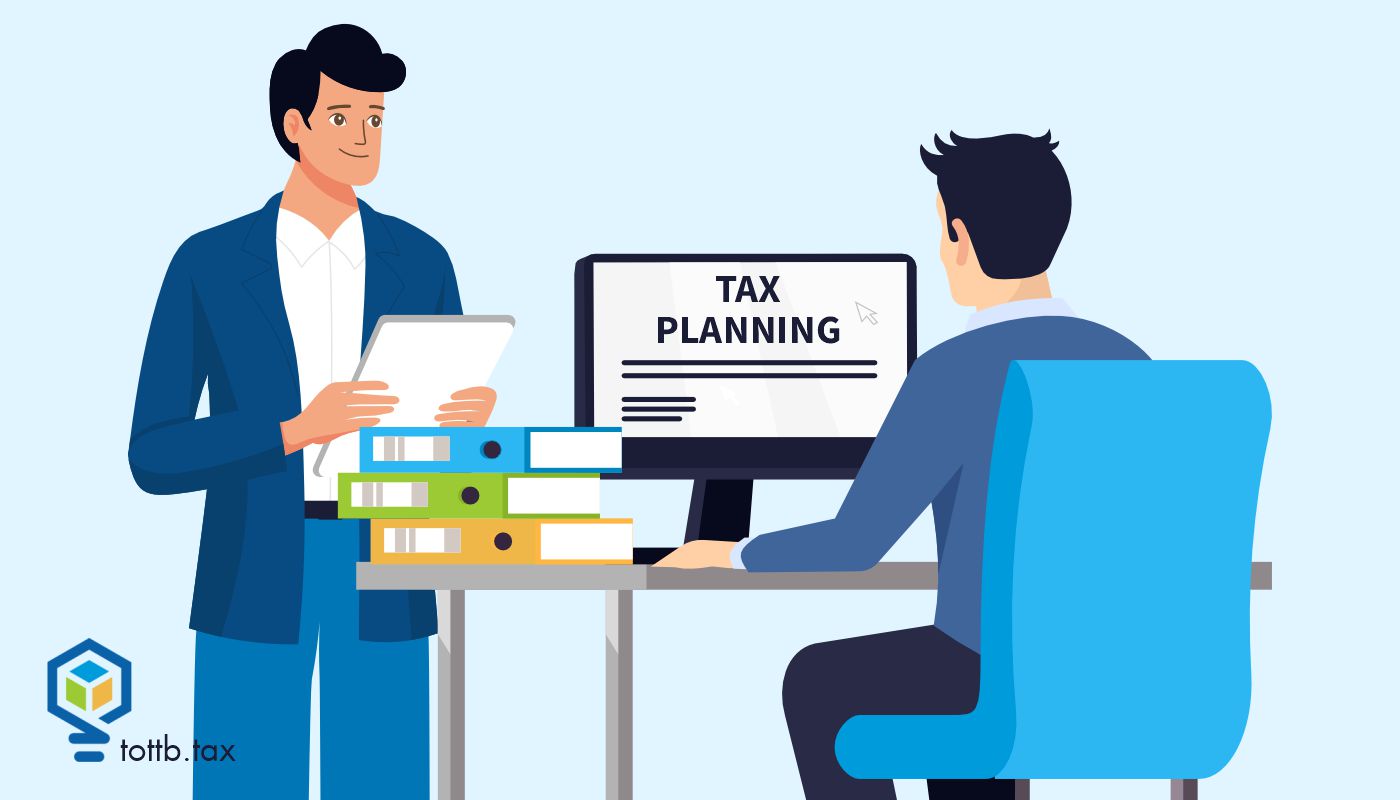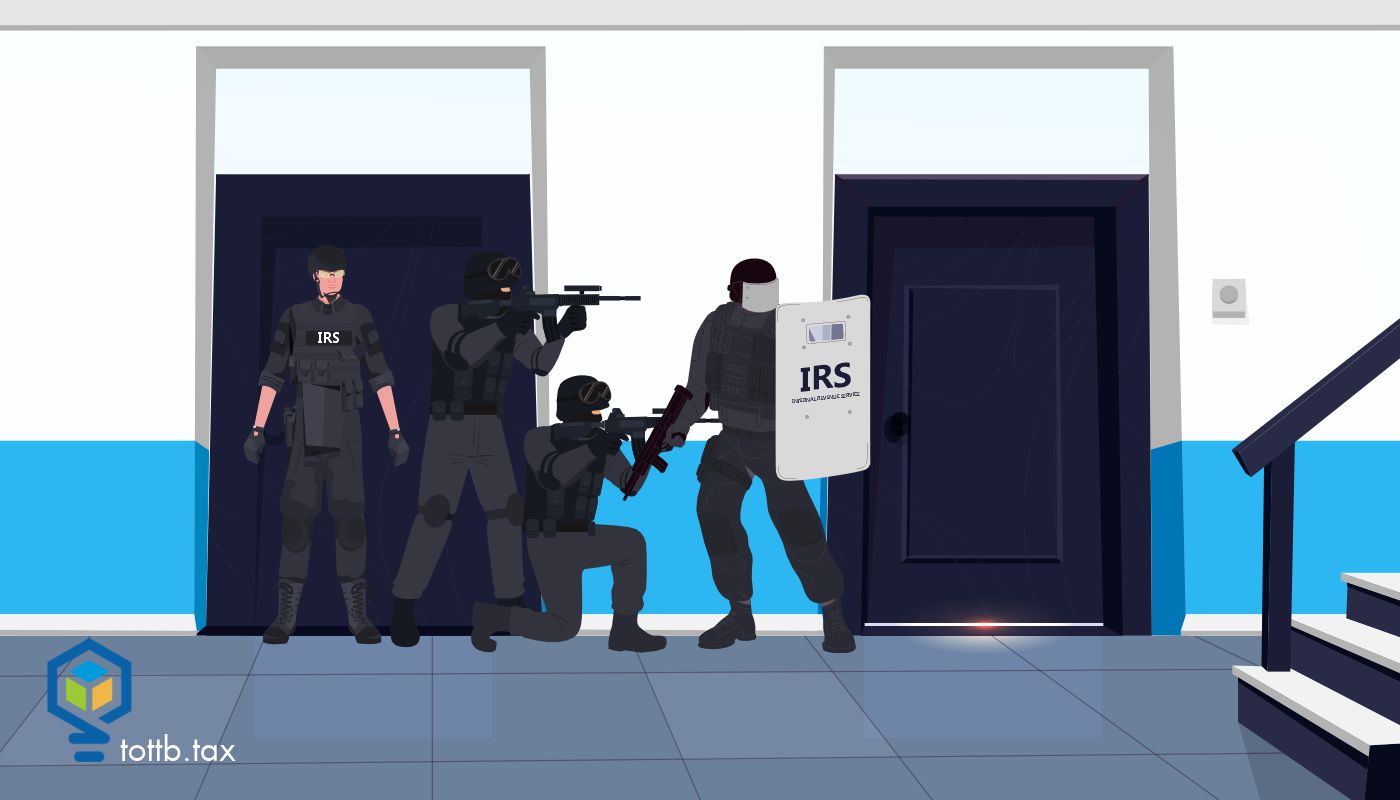In the intricate world of accounting, tax professionals are often perceived as navigators traversing through the seas of numbers and financial statements. A lesser-discussed aspect of their role is the management of complex and emotionally charged conversations. Tax accountants frequently find themselves at the center of discussions that are not just about figures on a spreadsheet but deeply intertwined with the personal and business well-being of their clients. From addressing audit discrepancies to handling sensitive tax liabilities, these scenarios demand more than just technical know-how; they require a blend of empathy, clear communication, and emotional intelligence.

The Ultimate Business Upgrade: Turning Your Partnership into an S Corp Without the Tax Bite
Looking to cut down on self-employment taxes on your partnership income? Converting your partnership into an S corporation might be the answer. If you currently run your business as a partnership or an LLC taxed as a partnership, you’re probably familiar with the sting of self-employment taxes. Unlike shareholder-employees of an S corporation, who only pay Social Security and Medicare taxes on their salaries, partners typically get hit with self-employment taxes on their entire share of the business’s net income. That can add up fast. By transitioning to an S corporation, you can restructure how you take your income—splitting it between salary and profit distributions. The big advantage? Those profit distributions are not subject to self-employment tax, potentially saving you thousands each year. So, if reducing your tax burden sounds appealing, let’s break down how a tax-free Section 351 incorporation works and what you need to know before making the move.





